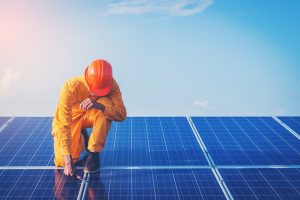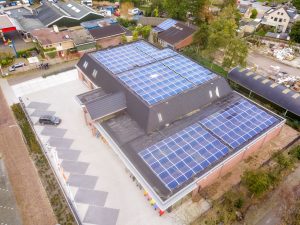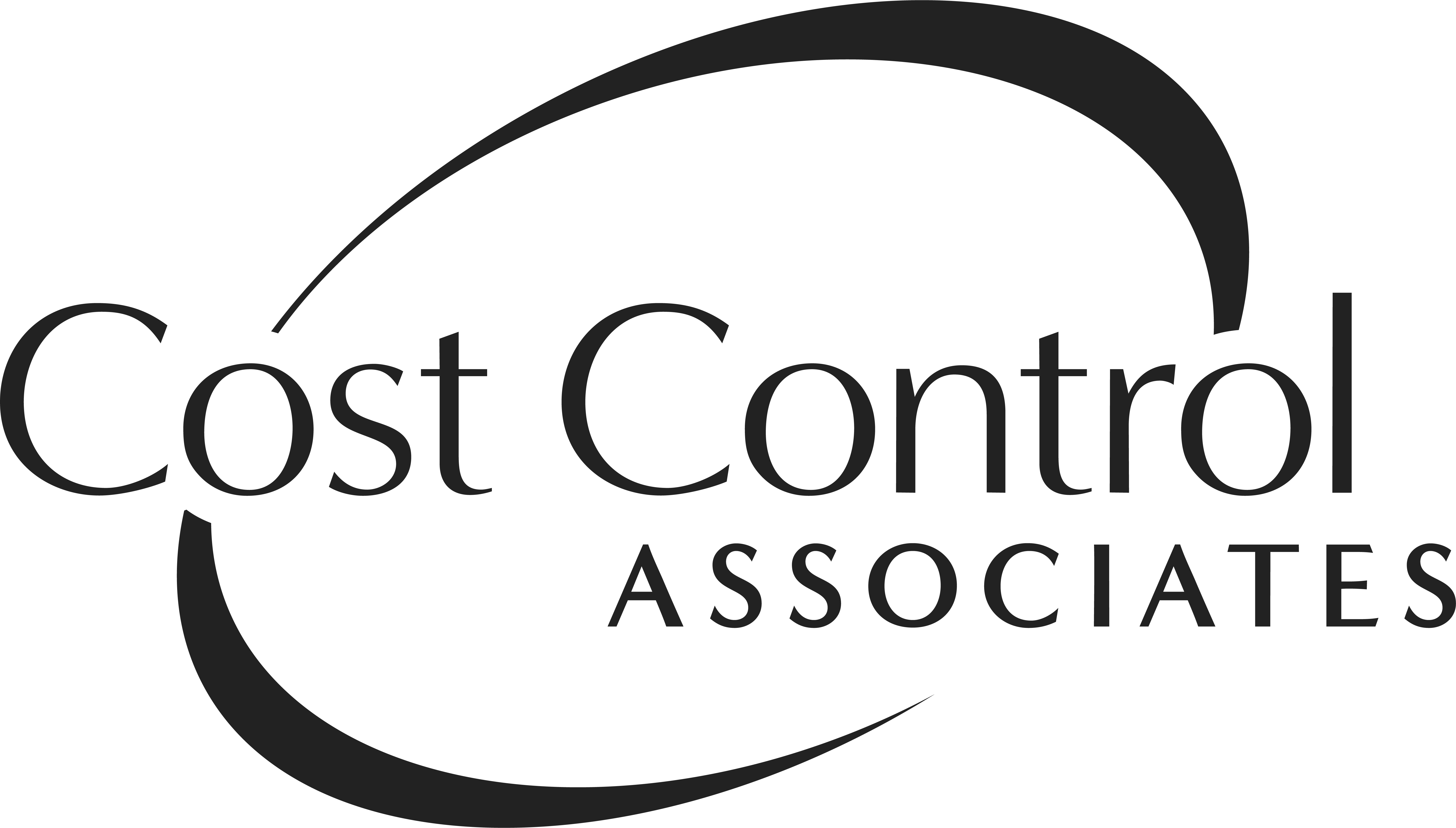These days the topic of solar energy savings is coming up everywhere. Businesses and organizations are joining the renewable energy market—whether the goal is to save money, proclaim a commitment to environmental sustainability or both.
Solar installation companies and franchises are popping up all over. Many local utilities offer solar options, too. Everyone promises financial savings, but is the promise too good to be true?
A Buyer’s Guide to Solar Energy Savings
The solar energy market is a “buyer beware” industry. If your business, non-profit, school, government entity or other organization is thinking about solar energy savings, you’ll benefit by our guide. If your organization already has a solar installation, this will help you, too.
Our tips range from payment arrangements and regulatory issues to what can go wrong and the questions you should ask. Because savings are not guaranteed (even if your contract includes a “savings guarantee”), we’ve included two real-life scenarios where clients were not saving the money they expected.
Understanding Solar Contracts
Most systems are connected to the national power grid. When these solar panels produce electricity, the energy feeds into the grid and you get a credit that offsets your building’s electricity usage. When considering a solar array installation, there are two types of arrangements:
- Ownership: Your business or organization purchases or finances the entire solar energy system. In this arrangement, you absorb the upfront costs. Maintenance and performance problems are also your responsibility. The typical pay-back period is 6-8 years, after which your produced electricity is nearly free for the remaining life of the panels. The average lifespan of solar panels can be 25-30 years .
- Power Purchase Agreement: A solar power purchase agreement (PPA) is a financial agreement where the developer, at little or no cost, arranges for the design, permitting, financing and installation of a solar energy system on your property. The developer might be an independent solar installer, or it could be your local energy provider. The property owner is the host customer, and the developer sells the generated power to the host customer at a fixed rate.
The advantages include low upfront costs, a fixed price for electricity and a contract for 20-25 years. The developer is responsible for system performance. If there’s an equipment problem or malfunction, the developer should repair it. The fixed price may include an escalator that specifies periodic price increases in your contract. For example, if your starting price is 10 cents per kWh and you have an escalator of 5 percent per year, your Year 1 price is 10 cents, but your Year 2 price is 10.5 cents, and so on.
Who Regulates Solar Energy?
The U.S. Department of Energy oversees the regulation of power generation and electricity transmission, distribution and retailing across the country. However, for solar and other forms of renewable energy, each state has its own policies related to renewable portfolio standards, environmental regulation, interconnection requirements, net metering, financial incentives and more.
What Can Go Wrong Financially?
While the contract offer may sound easy and straightforward, be careful! Most problems stem from a misunderstanding that occurred early in the process. Here are a few pitfalls to watch for:
- Over-production: When you estimate the size of the system you plan to install, take stock of future organizational plans, too. Changes to your operating characteristics or energy conservation projects may lower your usage. Depending on the pricing set by your solar company and the utility provider, you could end up paying more for electricity.
- Structural Changes to Utility Rates: To drive down consumption, most investor-owned utility companies are increasing their electricity rates. Demand is based on the highest use of utility-provided power during a 15 or 30-minute period within each billing period. It is important to understand that solar may help decrease your overall consumption from the local power company, but normally it won’t substantially reduce your demand charges from them.

- Demand charges: It’s very important to do your homework about demand charges from your utility company and how they will factor into your overall costs. Demand charges can be substantial for commercial and industrial customers. It is a cost that you will continue to pay, whether you install solar or not.
- Contract Structure: Make sure there is no ambiguity in any of the contract clauses, especially if there are savings guarantees. Savings calculations should reflect the current fully loaded costs, including the generation cost paid to the solar company plus the costs that are still paid to the local utility company. Most contracts promise production or savings reports, but we have seen situations where reports are inaccurate or never get prepared at all.
- Unreasonable Price Escalators: Approach contractual price escalators cautiously—they can increase your rates considerably over the term of the contract! If the average retail price of electricity generation for commercial customers in your state has grown annually by 2 percent over the last few years, and your contract stipulates a 5 percent escalator, you will pay more for electricity than you would have before you installed solar power.
- Metering and Billing: Your local utility company is normally responsible for providing, maintaining and reading the meter. Even if you don’t own the system, it is important to have your facility or maintenance staff ensure that the meters are working. Notify your local utility company immediately if there are any concerns about functionality. Examine your bills for accuracy in math as well as content. It is important to note that total building consumption does not appear on the bills; you must calculate this number on your own if you want to do meaningful analyses.
Two Case Studies

For two of our clients, solar energy savings were the driving force behind their installations. One client was a local city government that entered into a PPA with a solar company for two solar projects installed in 2014. The client’s goal was to spend less on electricity, and the solar company projected savings of nearly $600,000 over the life of the agreement. Five years into the contract, the city’s solar savings were not on track. They asked Cost Control Associates to take a look.
We compared fully loaded costs with solar to what costs would have been without solar. We found the city had lost more than $150,000 during the first four years of the solar contract. Projected losses for the full term were more than $800,000! We are now helping them recoup some of that lost money.
In another situation, we worked with a school district that had three solar arrays installed under a PPA. Again we compared fully loaded costs to what the costs would have been without solar. There were $150,000 in losses in the first four years of the contract and $754,000 in expected losses over the contract term.
The solar company’s reports showed savings of $167,000 over the first four years, but the reports captured only what the school was paying to the solar company. It ignored what the school was also paying to the local utility company.
Ask the Right Questions
In both of the cases above, our clients set out with grand expectations, but things did not go according to plan. This is why it is so important to do your homework and ask questions.
For future installations, ask these questions:
- Does my organization value the benefits of renewable energy, and do they support the plan?
- What are my goals for the project? Do we want to obtain a certain percentage of our organization’s electricity from solar? Are we doing it purely to save money, or do we want to claim that we are socially responsible?
- How much money can we save? (Most organizations will not proceed with solar if it does not save them money.)
- What is the deal structure? Is it an outright purchase or a PPA? Why did you choose it?
- If we buy the system, do we have the staff to operate and maintain it?
- What incentives are available and to whom will they be paid?
- How are the savings calculations determined? Do we want to get an independent review from a third party to be sure?
- Are there price escalators in the contract? How do they work?
For existing installations, ask these questions:
You may have moved into a job where the solar array is already in place. Now it’s your job to oversee the system and the savings. Here are a few questions you should ask:
- Does our agreement have a production or savings guarantee?
- Do we get annual reports from the solar company? (We have seen cases where the company promises reports but does not deliver them. Be sure to get the reports and verify their accuracy.)
Ask for Advice
If this seems like a lot to worry about, remember that there are outside experts such as Cost Control Associates who operate independently of the solar or utility companies. An outside expert can help you identify your project goals, vet solar suppliers, review and negotiate contracts, make recommendations for savings, check reports for accuracy and perform independent calculations.
Solar is a great option—as long as you know what to expect from your solar installation before you sign on the dotted line.
Don’t have room to build your own solar farm?
Learn how community solar works.
Keith Laake founded Cost Control Associates, Inc. in 1991 and has been responsible for strategic planning, marketing and sales, and overall management of the firm. He currently focuses on business development. Keith received his BBA from the University of Wisconsin and is a certified public accountant. Learn more.

